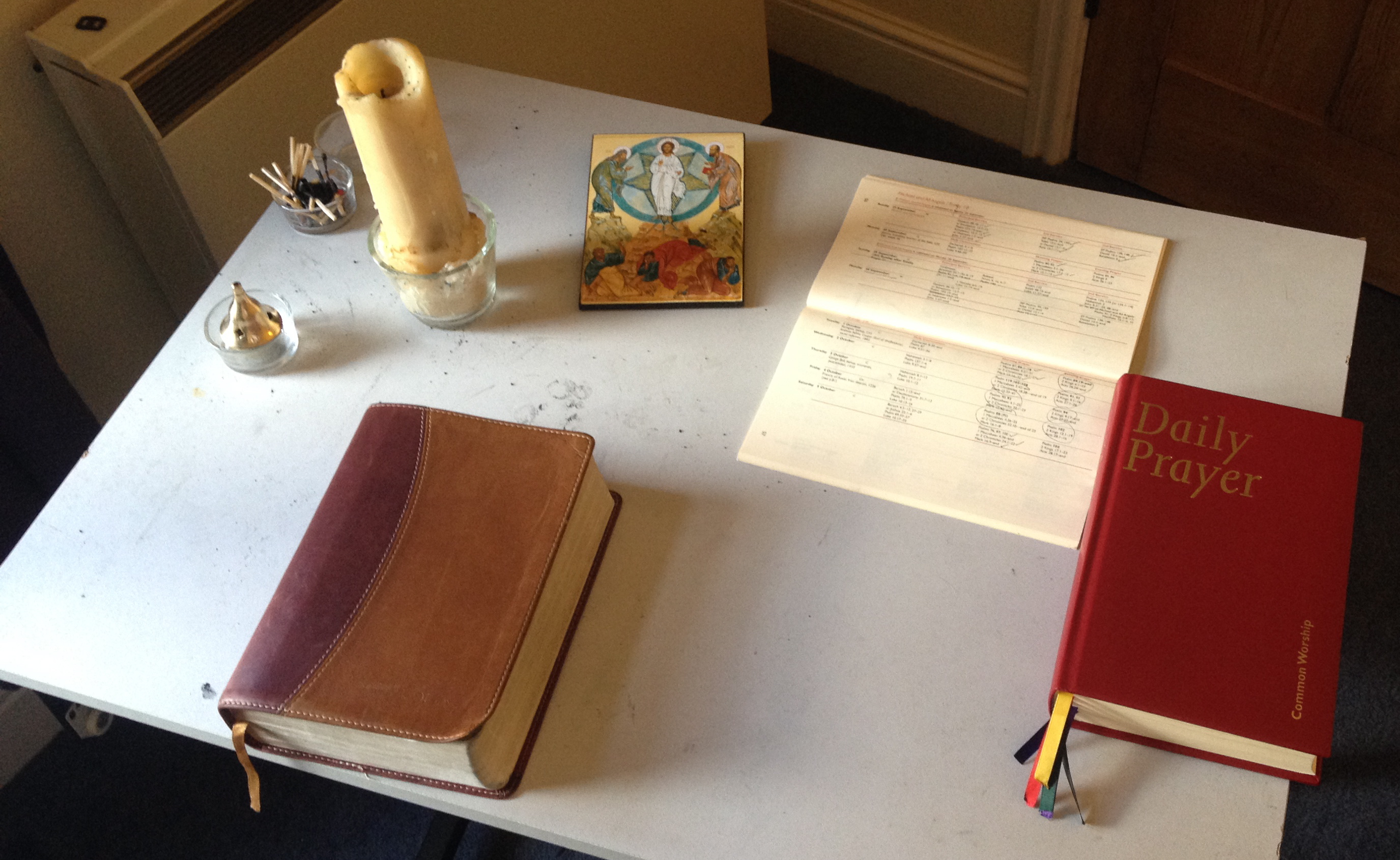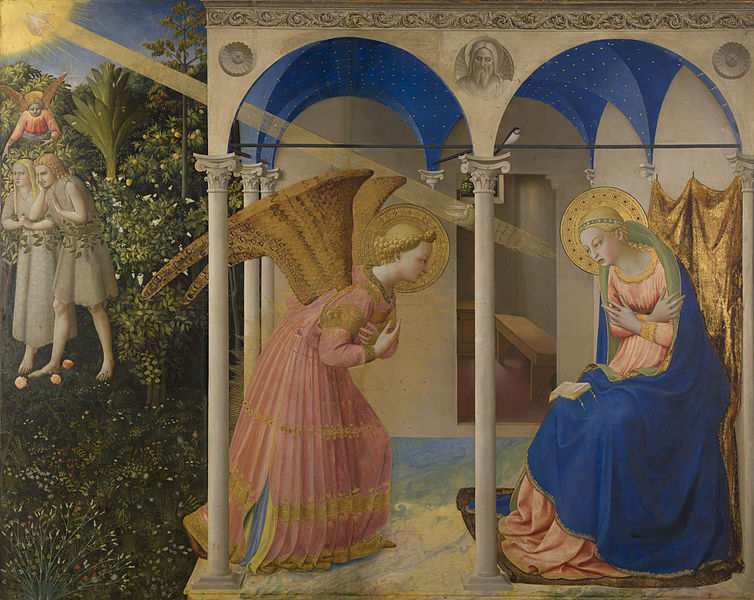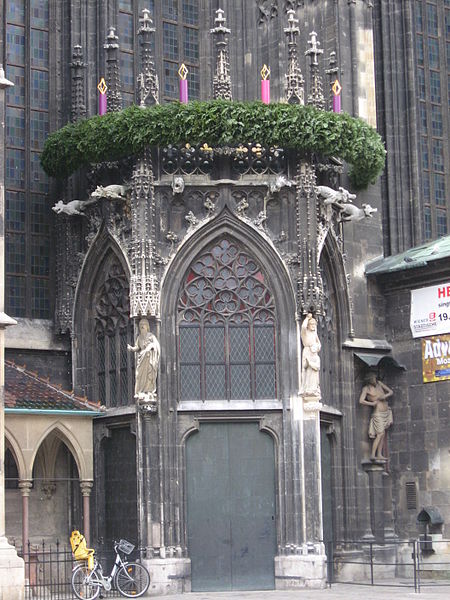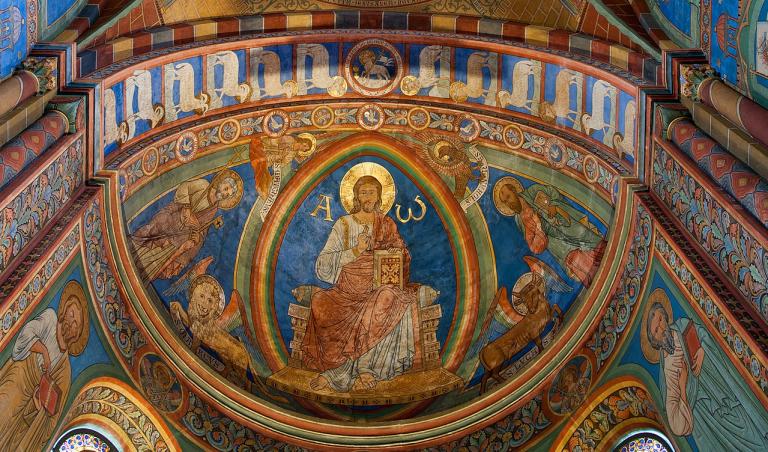David Russell Mosley
5 October 2013
On the Edge of Elfland
Beeston, Nottinghamshire
Dear Students,
Welcome, first and foremost, to my blog. I asked Pete a few days ago if it was alright to do a quick response to what we heard from Steve on Tuesday. He said yes, so now I’m burdening you with my thoughts. Please, take them for what they are, my personal, albeit reasoned and studied, thoughts.
As Steve so rightly taught, it is essential to have rhythm in life. Just like the vine in John 15, we cannot, yet, always be in fruit. Still, we may be left wondering how we develop a rhythm, what a good rhythm could look like that includes both times of action and times of rest and yet always fits under the umbrella of abiding with Christ. There is one way, a rather excellent one, I think of having intentional rhythm in your life that has come down to us from Christians in centuries past; it is called liturgy. Specifically, I am talking about the liturgy of the year, also known as the Church Calendar, and the liturgy of the day, otherwise known as the Divine Office or Divine Hours. Being more intentional about including these two aspects of the Christian Tradition can help you live your Christian faith more intentionally and with a sense of rhythm.
If you want, you can look back through some of my older posts on the various aspects of the Church Calendar. Right now, I just want to encourage you to start thinking of your year in these terms. The Christian year begins with Advent (usually late November or early December). This year Advent begins on the first of December. And goes until Christmas Eve Advent is a time of waiting. We remember the waiting the world did for the first coming of Christ, and yet we also recognise that we are waiting for the return of Christ. Advent is often a time of fasting From Advent we move to Christmas, which begins on Christmas Eve and continues until the the eve of Epiphany on January fifth. Christmas, of course, is the time where we celebrate the coming of God into the world in human flesh. From Christmas we move to Epiphany (6 January to the 1 February). Epiphany celebrates the life of Christ, especially his baptism. After Epiphany is the feast of Candlemas celebrating the presentation of Christ at the temple by his parents. Starting on February third, then, we enter Ordinary Time. Ordinary Time reminds us that God is also present in the everyday (where we spend most of our lives) as well as the special events. Ordinary time continues until Ash Wednesday (5 March 2014). Ash Wednesday kicks off the second main time of fasting called Lent. During Lent we remember that Christ died for our sins, we confess our sins and remind ourselves why we needed a saviour (on a side note, people often fast or give something up during Lent. It is important to remember that for Christians Sundays are always Feast Days, because we celebrate the resurrection of Christ. This means we cease fasting for every Sunday in Lent). Lent goes until Holy Week, which is the Week before Easter. During this time we remember the events that led up to and include the Crucifixion of Christ). Easter begins Saturday evening and goes until Pentecost fifty days later. Pentecost is a one off celebration to remind us that Christ has given us the Holy Spirit. After Pentecost is another set of Ordinary Time until the year begins again with Advent.
The Christian Year, in my opinion, offers perhaps the best way to live the year out rhythmically. It allows us to both feast and fast with purpose. One way to make sure you pay attention to the Church Year is to take part in the Divine Hours.

The Divine Hours, or Divine Office, is a series of daily times of prayer. Most monks and nuns use some form of these prayers every day. Here in the Church of England with Common Worship we have provided for us Morning Prayer, Prayer During the Day, and Evening Prayer. Common Worship has set readings and prayers for each of the seasons so we can be more aware of what season we are in. You can find all this for free on the Church of England’s website here: Morning Prayer and Evening Prayer in Ordinary Time, Morning Prayer and Evening Prayer in Seasonal Time, Prayer During the Day Ordinary Time, Prayer During the Day Seasonal Time. I myself say Morning Prayer at 6, Prayer During the Day at or around Noon, and Evening Prayer at about 5. Having set times of prayer helps us organise our days around God and worshipping him (which is what liturgy means, worship), rather than organising our days around work or television or the things of the world. These prayers are set up to be used corporately, but can be done on your own as well. Morning and Evening prayer can also be accompanied by Scripture readings from the Lectionary which you can find here (note: we’re in year C until Advent when we switch to year A). Morning and Evening prayer take about 15-20 minutes and Prayer During the Day takes about 10-12 minutes.
Well, this has gotten too long as it is and so I will bring it to a close. Nevertheless, allow me to encourage you once more to consider using the Church Calendar and the Divine Hours to help you find more rhythm in life. They have been immensely helpful to me. This is, of course, not suitable for everyone and there are many ways to introduce more rhythm into your life, but this is the way I have found most useful and it is also a very traditional way to do so.
See you all on Tuesday.
Sincerely yours,
David Russell Mosley











